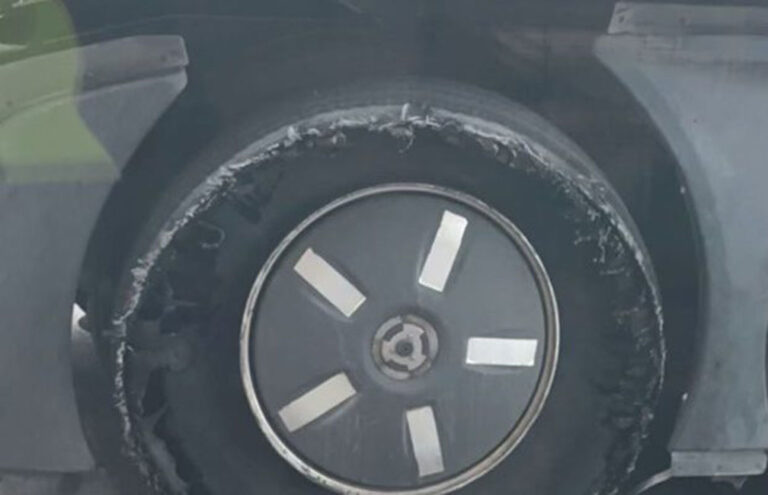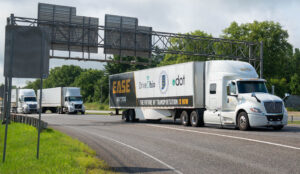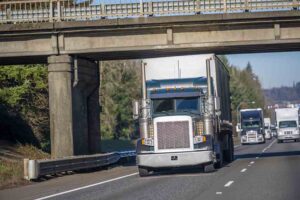BOISE, Idaho — The Idaho Department of Transportation (ITD) is installing tire anomaly and classification (TAC) systems at ports of entry across the state to help improve commercial vehicle safety.
“The installation of TAC systems represents a proactive step towards enhancing safety,” said Craig Roberts, ITD commercial vehicle services manager. “This initiative significantly enhances the safety of the driving public by promptly identifying and addressing tire issues in commercial vehicles, thereby preventing potential blowouts, flats or missing tires.”
The TAC systems are installed inside the roads and screen the tires of semi-trucks for anomalies and damage. Port employees then use the TAC data to notify truck drivers with problematic tires.
The first TAC system was installed at the Declo port of entry in February 2023. Since then, more than 1,100 tire anomalies have been detected.
TAC systems are scheduled to be installed at the following ports of entry:
- East Boise, both directions — week of May 28.
- Lewiston, both directions — week of July 15.
- Sage, both directions — tentatively set for late July/early August.
- Huetter, both directions — tentatively set for August.
- Inkom — Southbound set for June; Northbound scheduled for completion in 2025 during work on the Inkom interchange.
The cost for all the new TAC systems combined is $1.2 million. In 2022, the economic cost of crashes involving commercial motor vehicles in Idaho was more than $627 million.
Born and raised in Little Rock, AR, Erica N. Guy decided to stay in her hometown to begin her professional career in journalism. Since obtaining her bachelor’s degree from UAPB, Erica has professionally written for several publications about several topics ranging from lifestyle, tech, culture, and entertainment, just to name a few. Continuing her love for her hometown, she joined our team in June 2023, where she is currently a staff writer. Her career goals include continuing storytelling through her writing by being the best professional writer she can be. In her spare time, Erica enjoys trying new foods, cozying up with a good book, spending time with family and friends, and establishing herself as a future businesswoman.









Don’t you just love how it says “Port employees then use the TAC data to notify truck drivers with problematic tires.”, as though it’s some kind of symbiotic working relation with safety as the goal? They “notify” the driver by pulling them into the scale, placing them out of service, looking for other items to write them up over, and duly assessing as many fines as they can. I get it, can’t have dangerous trucks on the road. But consider this; a driver could stop at the tire shop 50 miles before the scale, and spend a fortune putting new tires on the truck. Then after him and the tech can go around the truck to make sure everything is compliant. The driver then heads toward the scale, and unbeknownst to him runs over something in the road. The tire leaks down, and this fancy new equipment catches it, and pulls him in. Now the driver and company are dinged for an unsafe truck. It affects their CSA scores, which affects their insurance rates. Explain to me exactly why they’re being penalized, what negligent act did they do? I say that the reason for these benevolent ports of entry is to rack up a record for use by trial lawyers at a later date, and these “TAC” help prove my point.